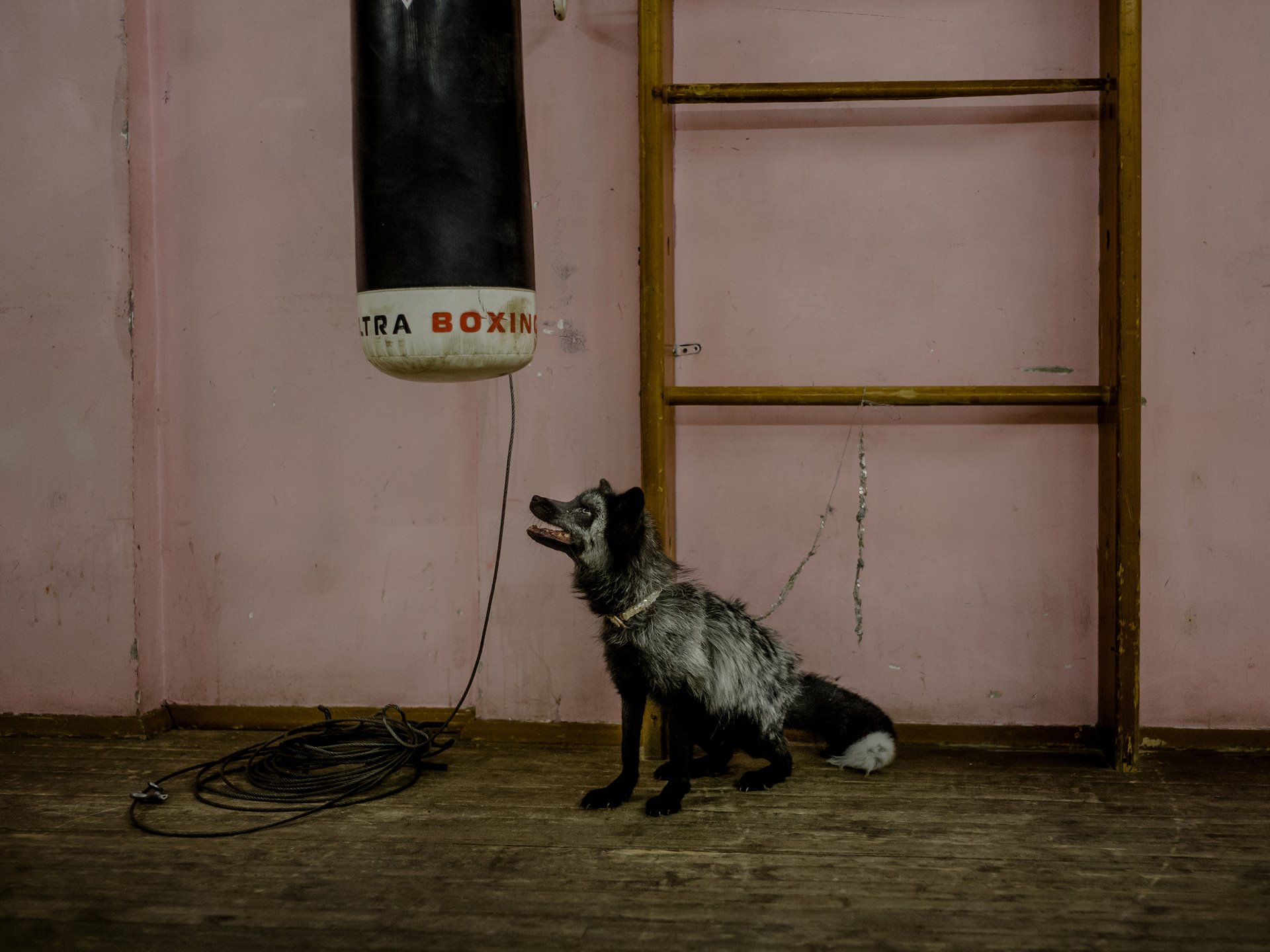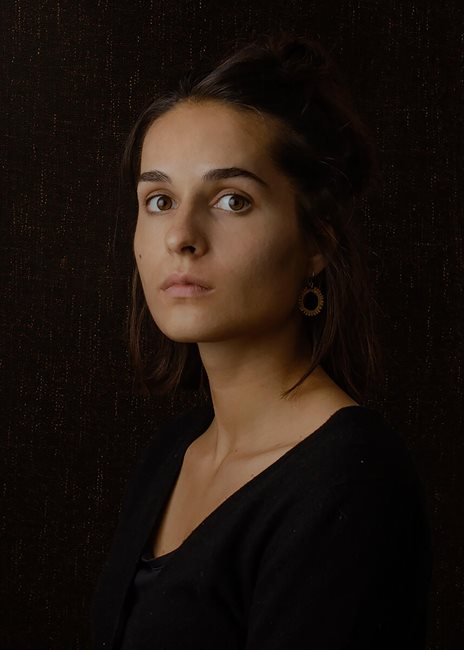A silver fox belonging to animal trainer Anastasia Nikiforova, of the Sakha Diamond Circus, in Yakutsk, Sakha, Russia. Nikiforova performs with native species from the region, such as silver and Arctic foxes. The foxes are not endangered, but face a number of threats from global heating as their tundra habitats are shrinking.
Sakha, also known as Yakutia, which extends over more than three million square kilometers in the far northeast of the Russian Federation, experienced devastating wildfires, severe smoke pollution, and melting of its permafrost in 2021. The region – 40% of which lies within the Arctic Circle – is one of the coldest inhabited places on Earth, with temperatures varying from -60°C in winter to 40°C in summer, according to the Scott Polar Research Institute. The Arctic Monitoring and Assessment Programme reports that the Arctic is heating three times faster than the global average. In Sakha, even though fires are a natural part of the ecosystem, a mild spring followed by extremely hot and dry weather led to a record-breaking fire season in the region. By mid-August, more than 17.08 million hectares had been ravaged by fire, according to Greenpeace Russia – larger than the areas burned by fires in Greece, Turkey, Italy, the US, and Canada combined. NASA satellite imagery showed smoke from the wildfires to have traveled more than 3,000 km to the North Pole. Firefighters told Agence France-Presse they lacked the personnel and equipment to deal with the wildfires, and critics pointed to a 2015 law that allows authorities to let wildfires burn if the potential damage is considered not worth the costs of containing them. This leads to a slow response time while fires grow ever more out of control.
In addition to the fires, there are indications that higher temperatures are leading to degradation of the permafrost – soil and rocks held together by ice and containing large amounts of organic carbon from frozen plant material. As permafrost melts, this material rots, releasing carbon dioxide and methane, which can be an even more potent greenhouse gas.
The photographer is half-Russian, and has been based in Russia for five years. She frequently works in Siberia, as a part of her family roots are from there, and wishes to raise awareness of the speed at which global heating is affecting Siberia.

